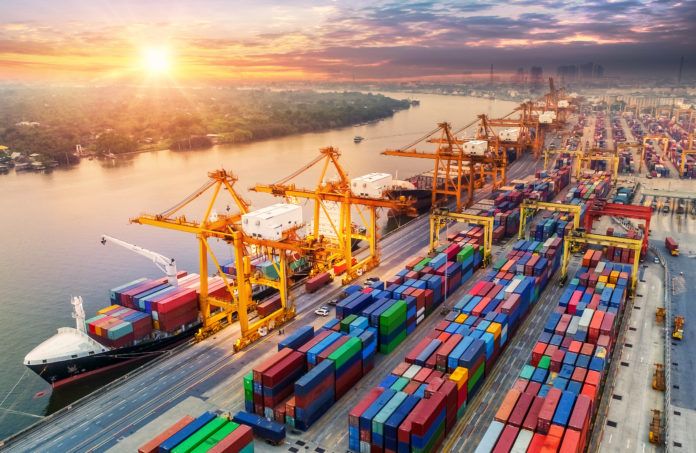With havoc at ports showing no signs of slowing it’s unlikely that supply chain disruptions will ease anytime soon. At least not until 2023, Inc. reports.
So if until now you’ve only considered short-term measures to mitigate these effects on your business, it may be time to start thinking long term. Here are a couple of things you should start thinking about to deal with ongoing issues:
Prepare for higher costs. Container and air freight shipping could be three to four times more expensive than last year, Bill Thayer, co-founder and co-CEO of Fillogic, a New York City-based logistics service platform for retailers, told Inc. in September.
Establish a plan B. Manufacturers are moving away from large factories to smaller facilities closer to cities, says Andy Binsley, VP of manufacturing and ALM strategy at Oracle.
Streamline your products. You can also examine your current inventory to see whether you can standardize your sourcing, notes Binsley. You may have to make some alterations to products to do so, but it may be worth it to meet demand. Read the full story.



